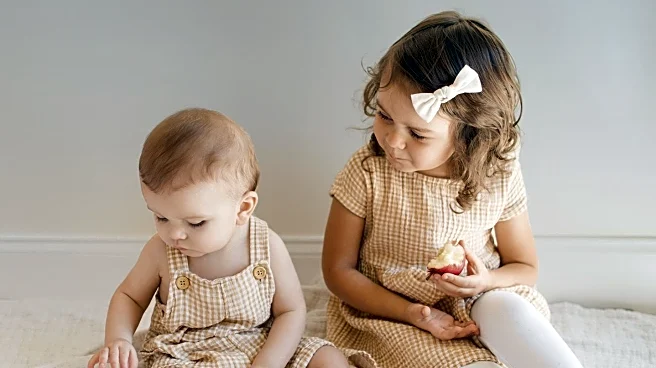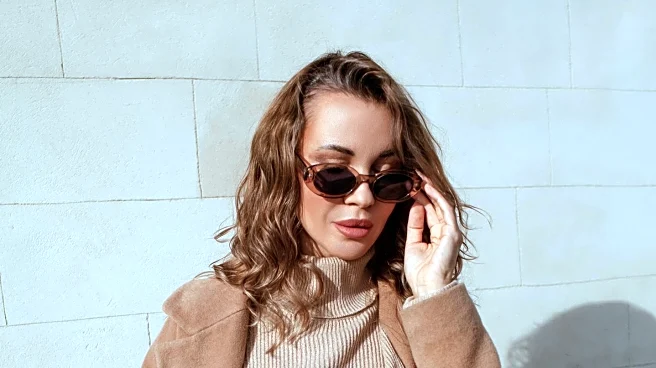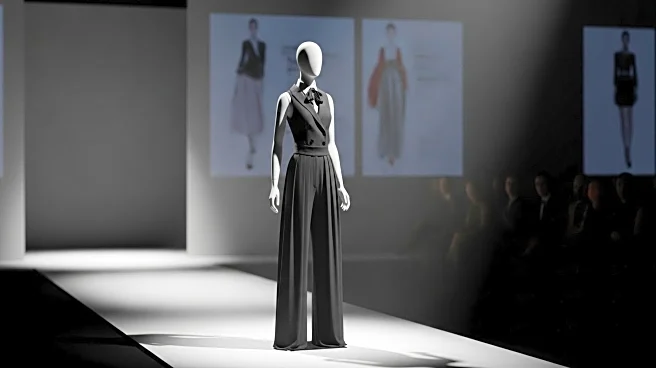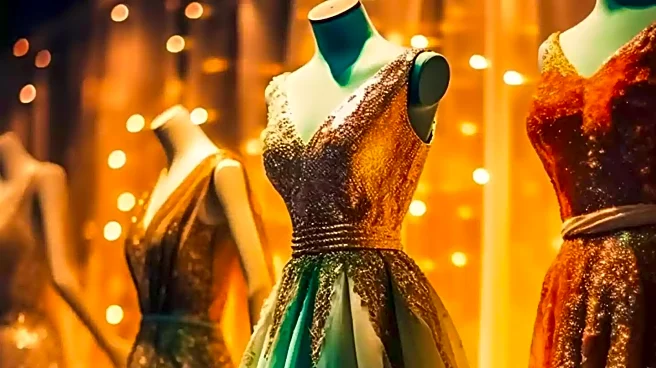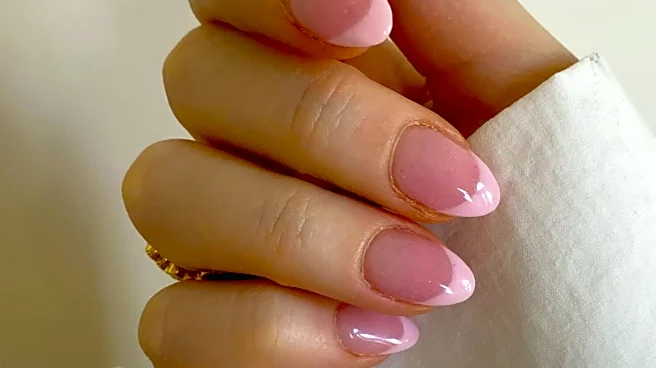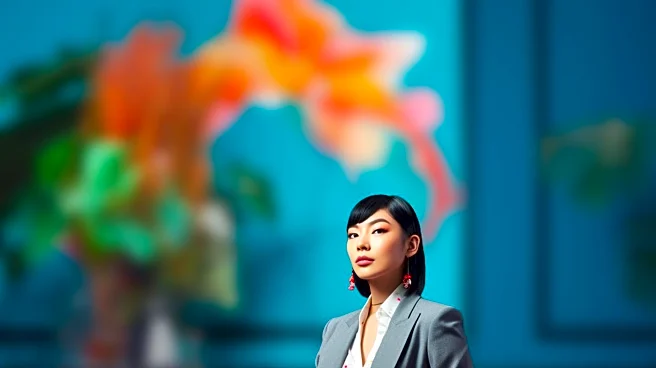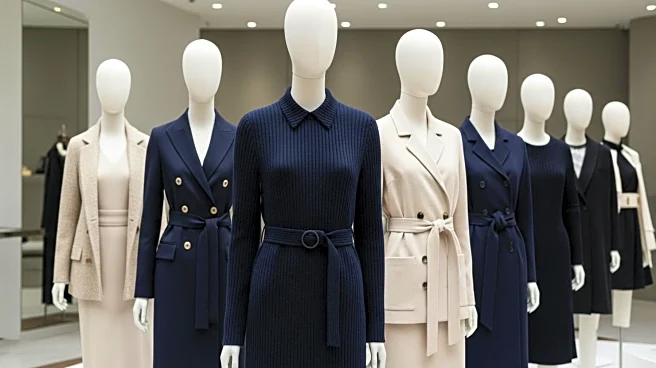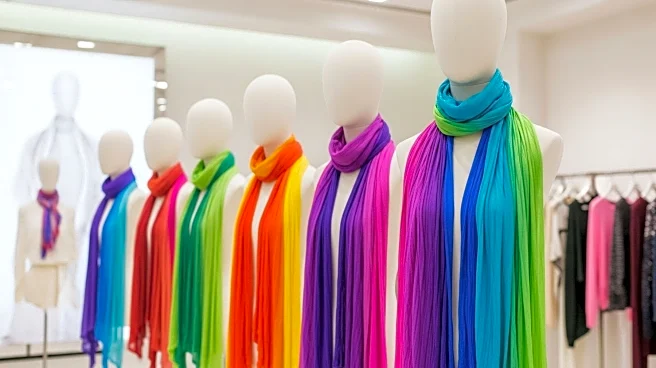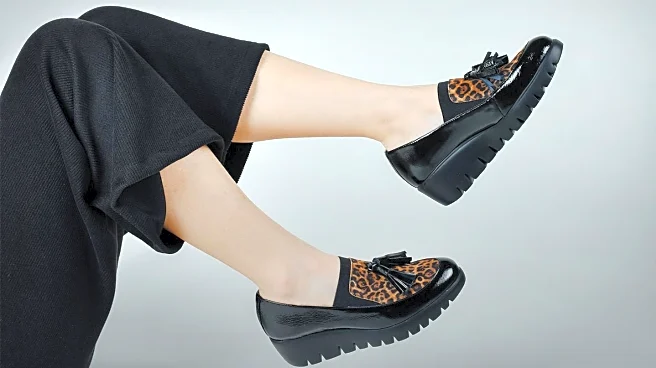What's Happening?
The 'sad beige' trend in children's fashion and design has gained popularity, characterized by muted, monochrome color palettes. This aesthetic choice is seen in baby clothing, nursery decor, and toys, often featuring neutral hues like sand, oatmeal, and ecru. Humor writer Hayley DeRoche has highlighted this trend through satirical TikTok videos, which have garnered significant attention. The trend is partly driven by a desire for gender-neutral options and a minimalist aesthetic that aligns with adult tastes. Additionally, it reflects a preference for natural materials and environmentally sustainable products, although not all beige items are ethically produced.
Why It's Important?
The 'sad beige' trend signifies a shift in parenting styles and consumer preferences, emphasizing aesthetics and environmental consciousness. It challenges traditional gender norms in children's fashion by offering neutral options. This trend also highlights the influence of social media and celebrity culture on consumer behavior, as seen in the nursery decor of high-profile figures like Kylie Jenner. The popularity of this aesthetic may impact the children's fashion industry, encouraging brands to cater to parents seeking minimalist and eco-friendly products. However, it also raises concerns about greenwashing and the authenticity of sustainability claims.
What's Next?
As the 'sad beige' trend continues, it may influence broader fashion and design choices, potentially leading to more sustainable practices in the industry. Parents may increasingly demand transparency regarding the production and environmental impact of children's products. Additionally, as children grow, they may assert their own style preferences, potentially shifting away from the beige aesthetic. Brands may need to adapt to these changing demands, balancing minimalist designs with vibrant options that appeal to older children.
Beyond the Headlines
The 'sad beige' trend reflects deeper cultural dynamics, including the desire for control and simplicity in parenting. It underscores the tension between maintaining aesthetic ideals and accommodating the practical realities of raising children. This trend also highlights the role of social media in shaping consumer tastes and the potential for satire to critique and influence cultural phenomena.
